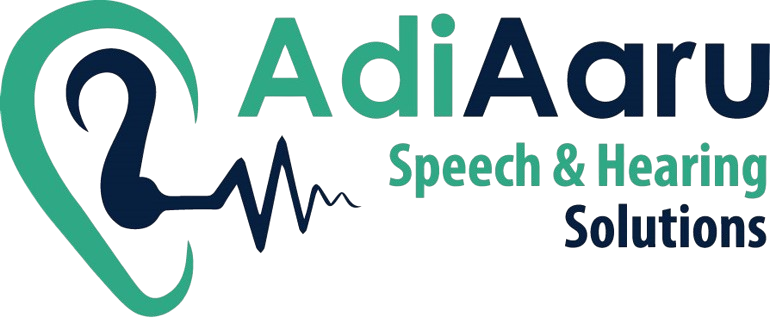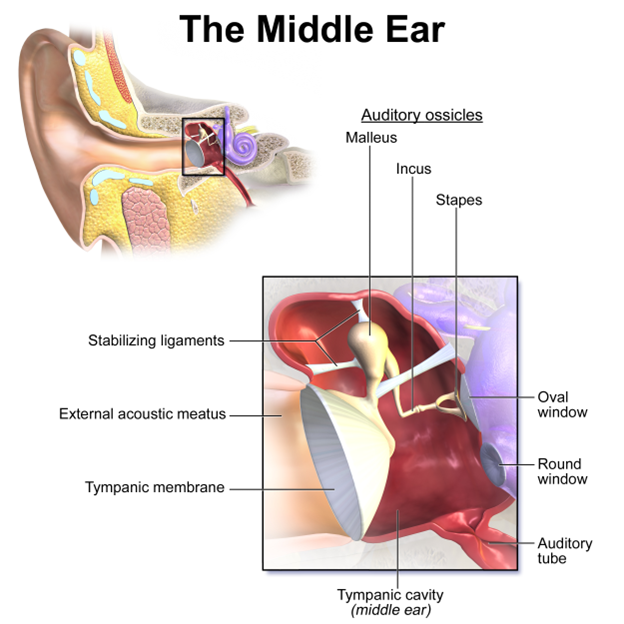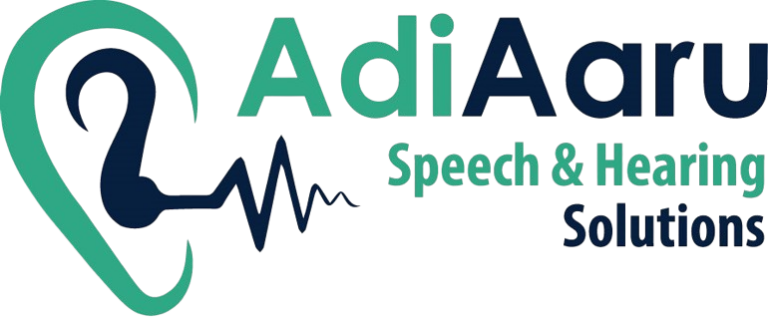The testing of middle ear muscle reflex is vital for ear checks. This reflex protects our ears by reducing the impact of loud sounds. Testing it helps in spotting any ear-related problems early on.

This guide makes the details of these tests simple for everyone. You’ll understand why these tests matter and how they’re done. Learning about this helps you feel sure when making health choices.
Middle ear muscle reflex tests check how well your ears are working. They find issues that indicate diseases like otosclerosis or Meniere’s disease. These tests track sound movement through our hearing path, and identify any problems. Detecting these problems lets doctors decide on further treatments to improve hearing health.
Demystifying the Middle Ear Muscle Reflex
The middle ear muscle reflex, often called the stapedial reflex, involves the stapedius and tensor tympani muscles. These muscles act on their own when loud sounds occur. By contracting, they help reduce sound vibrations that can hurt the inner ear.
When we hear a loud noise, an automatic response triggers the reflex circuit. The stapedius muscle contracts, causing a small movement in the stapes bone. This limits the loudness reaching the inner ear, offering protection against damage.
Like this ear reflex, other involuntary reactions exist for safety. For instance, blinking quickly shields our eyes from bright light. Similarly, the knee-jerk reflex makes our leg kick out after a gentle tap on the tendon. Such reflexes highlight how our body naturally shields sensitive areas from harm.
The Significance of MEMR Testing in Audiology
Middle ear muscle reflex testing can reveal key insights into auditory issues. This test checks if the acoustic reflexes are missing or not. When absent, it may point to problems within the ear’s nerve pathways.
By using stapedial reflex tests, audiologists can spot conditions like Meniere’s disease. This test captures how the ear handles sound decay, hinting at possible hearing loss.
MEMR plays a vital part in a full hearing assessment. Alongside other methods, it helps create a full picture of auditory health. Such tests ensure a complete understanding for accurate diagnosis.
Step-by-Step Guide to MEMR Testing
Patients undergoing middle ear muscle reflex testing experience a systematic series of steps. It begins with an audiologist performing a tympanogram to measure the eardrum’s flexibility. Then, sounds are sent to each ear to assess reflex actions. This acoustic reflex testing procedure is quick and painless, usually finishing in a few minutes.
The first phase includes tympanometry with reflex test which checks ear pressure and eardrum mobility. Sounds are then added to see how reflexes work, helping the audiologist understand sound levels affecting reflexes. If necessary, they might check for acoustic reflex decay, noting if the reflex weakens over time.
In testing ipsilateral acoustic reflexes, sounds test the same ear’s response where they’re introduced, while contralateral checks assess the opposite ear’s reactions. This approach helps audiologists measure each ear’s pathways for sound and muscle response effectiveness.
Interpreting MEMR Test Results
Normal test results for middle ear muscle reflex usually mean that your ear is functioning well. If reflexes are intact, it shows a healthy acoustic reflex pathway without risks of damage.
When reflexes are absent or there’s decay, it suggests potential problems with hearing. Conditions like otosclerosis may cause them to be absent, meaning further checks are needed. It’s crucial to understand these issues for correct care.
Talking to your audiologist is important for better understanding your situation. Ask about the meanings of specific results, the causes for missing reflexes, and what steps should be taken next. This will help you make well-informed decisions about your hearing health.
Make sure to engage in regular hearing checks and follow any advice given by your healthcare provider. This approach supports ongoing monitoring and management of any hearing concerns, ensuring a proactive approach towards hearing health care.
Latest Advances and Technologies in MEMR Testing
Today’s audiology practices have adopted new and advanced tools for testing. High-tech tympanometers and updated audiometers now offer better accuracy. These devices are now sensitive to small reflex changes, improving test outcomes. Such devices give audiologists dependable data on the middle ear muscle reflex.
Technological advancements have significantly boosted our ability to diagnose ear issues. New automated systems greatly reduce mistakes during acoustic reflex tests. Predictive software finds reflex threshold problems more precisely, aiding diagnosis. These improvements enable early detection of issues, like otosclerosis, enhancing treatment plans.
Future devices might focus on wireless and remote capabilities for broader access. Proposed ideas include cloud-based systems for real-time professionals’ collaboration worldwide. Merging these with AI could bring more precise interpretation and predictions. This pathway could make diagnostics easier and widely accessible to anyone needing care.
Improving patient comfort was key in recent innovations in ear testing tools. Noise-blocking earmuffs and instant feedback adjustments aim to ease discomfort. These advances make tests faster while ensuring accurate outcome results. With less stress for patients, measurements are more reliable, improving overall experiences in clinics.
Conclusion: Taking Charge of Your Hearing Health
By exploring this guide, you’ve learned about the importance of middle ear muscle reflex testing. This approach gives key insights into hearing health and helps diagnose related issues.
Regular hearing checks and understanding acoustic reflexes absent situations are essential for anyone concerned about their auditory wellness. Recognizing symptoms and seeking expert advice can lead to better hearing health.
For further exploration, there are many resources to enhance your knowledge in this area. Online forums, audiology journals, and clinics are rich with information on acoustic reflex test interpretation. They also offer insights into conditions like Meniere’s disease acoustic reflexes, promoting a deeper understanding of auditory middle ear testing.
Take Charge of Your Hearing Health Today!
Don’t wait for symptoms to worsen—early detection is key. Schedule your Middle Ear Muscle Reflex (MEMR) Test with Adiyaaru Speech to ensure your ears are functioning at their best. Our expert audiologists use the latest technology to diagnose and manage hearing issues effectively. Protect your hearing and enjoy clearer, healthier sound every day.
Book your appointment now and hear the difference with Adiyaaru Speech!



